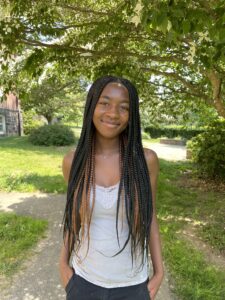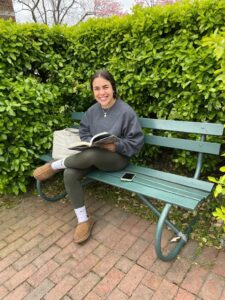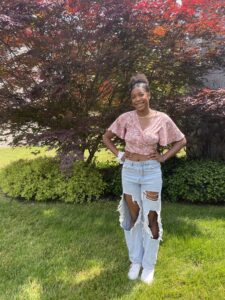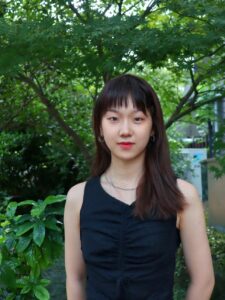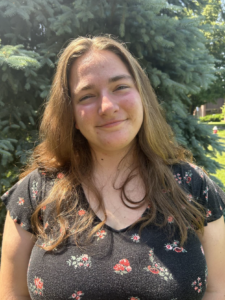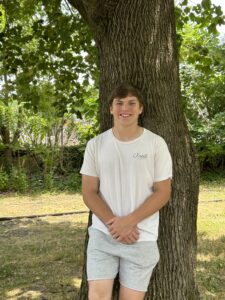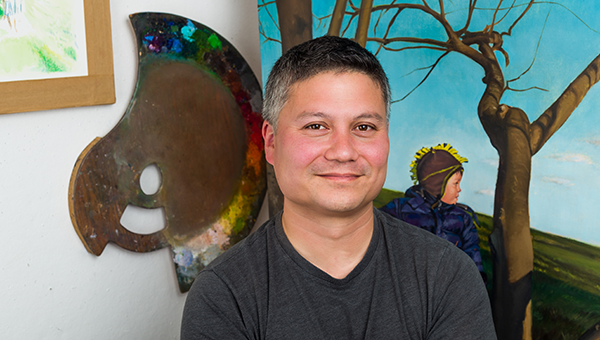
Jō Adachi, the painting and drawing teacher at George School, creates as both a teacher and artist, educating with the mantra that everyone can develop the skills to be an artist with the right mindset and approach. Many of Jō’s students have gone on to have careers as artists and built the foundation of their creative process at George School.
“I used to think that I am an artist first then a teacher,” Jō reflected. “Then I thought the opposite. Now, I finally realized that I cannot separate the two. I am an artist and a teacher, and both are intertwined in who I am. George School is a place where I can be myself and help students be themselves amongst Friends.”
The stars aligned to bring Jō to George School eleven years ago. He was living in New York City and his wife was pregnant with their first child. He was thinking about moving to the New Hope area and saw a job opportunity at George School. He learned more about the school, and when he received an invitation to come interview on campus, he found out it was a boarding school and was unsure if that would be the right professional environment for the next stage of his career.
“It was a foggy day,” he recalled. “I saw nothing but corn fields and fog as I approached campus. It felt like it was in the middle of nowhere, and when I pulled up to the campus entrance, it felt like a mystic, Hogwarts-like place. The interview went well, the fog started to lift so I could see more, and I was blown away by everything I saw on the campus tour. I got a sense for how strong the community is at George School.”
Jō has a theory-based approach in his teaching that he is constantly working to refine and improve year after year. “I like to reverse-engineer whatever I am teaching. For example, if I am teaching a drawing project, I think about the result I want and work backwards, breaking it down step by step,” Jō described. “I always try each of the assignments myself because it is easy to forget that some things might come easy to me or that I might forget a step while teaching. My goal in doing each assignment is to make sure I better convey methodology through my own experience.”
At George School, Jō teaches various levels of art and sees each new level as a progression of the beginner skills he teaches. “In our beginning level class, we are currently finishing up one of the last assignments, which is a portrait of a classmate sitting in front of you. Now, I could just assign the project from the beginning, but it would be overwhelming because there are so many steps that you need to go through with each phase. Instead, we have been working on different ways of looking at objects and figures abstractly, or not actually looking at the object, but rather the space created by the object, or looking at light and dark by observing the contrast of values between shapes and forms. For example, the forehead might be an oval shape when its highlighted and the shadows cast in an eye socket might be dark.”
Jō expanded on his teaching methodology. “I break down the technique and materials, so it is an introduction to creating and methods of approach. You may not like all the methods I teach, but it becomes a tool at your disposal. If you connect with a method, you can further explore the technique. The second level is considered advanced, and students are still developing skills, but I introduce them to a prompt or method. They are still not completely free, for example, they may be asked to create a collage that includes a figure, an object, and a background in their own unique way to create a composition. They then will use the collage as a source to create a painting with a method and prompt I give them. It gives them the ability to think about what they are doing within the framework of an assignment with a little more freedom. The goal is, when they come back in the third level, students know the basics and how to approach artwork. I ask them to come up with a question to give them the why and to use this question as a guiding principle to explore and develop their work. Everything needs to be intentional with their creative process.”
“Drawing can be something mysterious. Some people think that you are born with the knowledge to be skillful,” continued Jō. “I see things the other way around. Everybody can draw. It is just a matter of shifting your mindset and approach. I try to give students the knowledge of how to approach it and then they put it into practice. Everything is bite-sized but comes together in the end as a whole. I love seeing students grow into their creative selves.”
“One year, I hosted a drawing workshop for Alumni Weekend. Five or six alumni came into my space, and I did one of my art projects with them. It was the upside-down drawing, which is inspired from a book titled Drawing on the Right Side of the Brain by Betty Edwards that breaks down all these ways to readjust yourself to thinking when drawing. I used that as a base and modified that to include George School history, so instead of copying a drawing by Picasso, I used drawings of figures that are important to George School, such as John M. George, George Maris, Sam Houser, John Streetz, and Cyd Carpenter ’47. The alumni who attended the workshop, having been out of George School for several decades, selected one of these figures, drew for an hour, and at the end left thinking ‘I had no idea I could draw.’ These are people who did not consider themselves as artists but felt pretty good about their drawings once they applied the right technique.”
To Jō, art is a matter of mindset. “If you are only willing to put in five minutes, you will get a stick figure. If you are willing to learn and do some research and try different techniques, you can be an artist. I believe, with willingness, I can teach anybody,” Jō described. “I do not like to use the phrase ‘talented’ when it comes to art. Art, like sports or any profession, takes work and practice to be creative and build a skillset. It does not just happen in a vacuum. People that are doing it have put in a lot of practice and time developing their creativity. If I learn something that is exciting to me, I bring it into the classroom. If I learn something in the classroom, it comes into my work.”
Jō has been an artist since elementary school. “I grew up in Japan and my friends and I drew a lot of anime. We would have competitions for who could draw a character better. Art students were pushing each other to be better, and we did a lot of draw-offs when I was a student. The summer between my junior and senior year is when I knew I wanted to be an artist. I did a summer program with the Art Institute of Chicago and took several drawing and painting classes. Then and there I knew that painting is what I wanted to do and where my painting career began. I went on to Notre Dame for my Bachelor of Fine Arts and School of Visual Arts for my Master of Fine Arts with a concentration in painting.”
Through his formative years, Jō began to develop his style as an artist. He describes himself as a figurative painter. “My main interest is painting people and trying to tell a story through my work with some occasional symbolism about things personal to me or about the world,” said Jō. “I try to make it subtle because I want everyone to see a piece and enjoy it in their own way. Oil painting is my main medium, but with three kids and the time required for their activities, I have switched over to watercolor and gouache, which is opaque watercolor. It is easier to clean, and I can get started and put it aside for a bit. With oil painting, I like to have three to four hours of uninterrupted time, which is hard to come by as a parent.”
Jō’s passion for art is evident in his desire to always be growing as an artist and educator. “I think you can always be learning. George School and its community are great for professional development. My students teach me a lot. I had a recent student who got into watercolor during her senior year. I was inspired with her technique and the ways she used the medium. Her work inspired me to take my watercolor unit and make it more intense than just an introduction. This process has also brought excitement into using watercolors in my own work. I did a lot of painting during a sabbatical in 2019 and dove further into watercolor painting. I started using professional development money provided by George School upon my return to take some online and in-person workshops and have been painting more outside.”
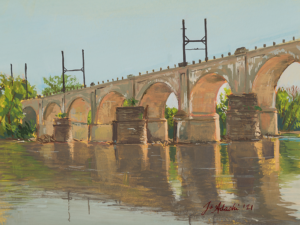
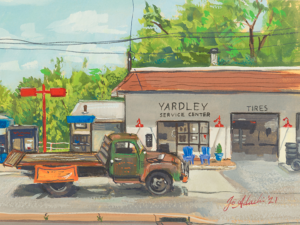
Art is incredibly personal for Jō. “My inspiration changes from work to work, but I mainly pick something close to my life that I am familiar with,” said Jō. “In a way, everything becomes a self-portrait, even if you are not painting yourself. As I had kids, they have become my main subject. If I am working on a landscape, then I want to do something I am familiar with. I entered a contest with artists in the Yardley area, painting things in the area. Every day, I drive by the Trenton Railroad Bridge and go to the park nearby. That bridge left a burning impression in my mind, and I always think about that place, so I went to that area one morning and spent two hours painting outside, creating ‘West Trenton Railroad Bridge.’ I did the same with a local garage that had an old truck sitting out front in the piece titled ‘Yardley Service Center.’ I tried to capture what I know about the town I live in with a connection to me. I might combine different elements to give it a metaphoric or personal meaning, but even then, it is never a place I have never been to in person,” Jō explained.
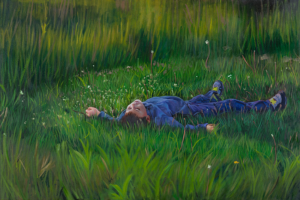
Jō is excited about his future projects and goals. “My goal now is to find time to make work and have been pushing myself to enter more local, national, and international exhibitions” Jō said. Jō is already making progress towards achieving that goal. He was recently selected for The State Museum of Pennsylvania’s Art of the State exhibition, entering the painting he did during his sabbatical, entitled “Meadow”. His painting was selected out of over 1,850 entries from 542 artists. Ninety-two art pieces were selected in total, including Jō’s painting and a piece from George School’s woodworking and design teacher, Carter Sio ’76.
Jō is currently working on two farewell gifts for former George School faculty. Once he finishes them, he has a few watercolor ideas that he wants to explore. “One painting I am thinking about is based on stacked rocks outside of the Philadelphia Museum of Art. One day, my kids were climbing on the rocks, and I started thinking about something conceptual using those rocks, but not necessarily about the museum itself. People always ask me how long it takes to create a painting. I might be thinking about an image or a place I have visited years before I create something. Ideas marinate and become something that grow and develop into a painting,” explained Jō. “This painting that I am currently thinking about, I really want to build it up and be a bit more traditional by using a grisaille technique, starting an oil painting in shades of gray and then adding colors in subsequent layers. I am really trying to get everything right and have it all planned out. My students often come in and want to start sketching right away. This year, I am helping advanced students get to the artist level of thinking where you are working to build up to your concept or idea.”
You can find more of Jō’s art on his website: http://www.joadachi.com.


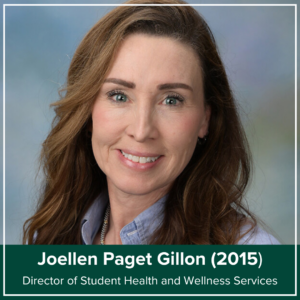 Joellen Paget Gillon (2015)
Joellen Paget Gillon (2015)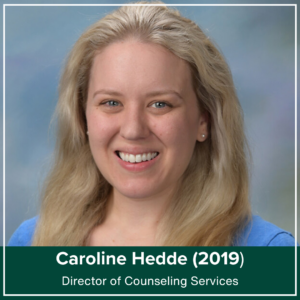 Caroline Hedde (2019)
Caroline Hedde (2019)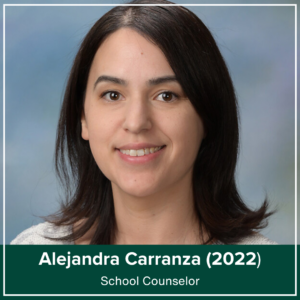 Alejandra Carranza (2022)
Alejandra Carranza (2022) Dr. Mariam Mahmud (2020)
Dr. Mariam Mahmud (2020) Indira Rodrigo (2008)
Indira Rodrigo (2008)



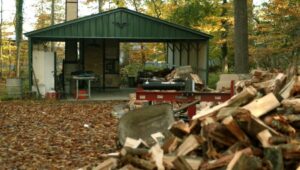
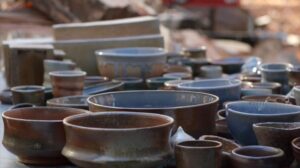
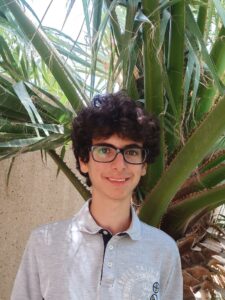 Monastir, Tunisia, and Amman, Jordan
Monastir, Tunisia, and Amman, Jordan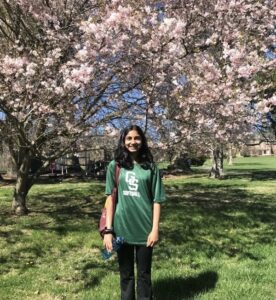 Irvine, CA
Irvine, CA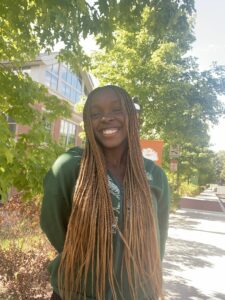 Feasterville-Trevose, PA
Feasterville-Trevose, PA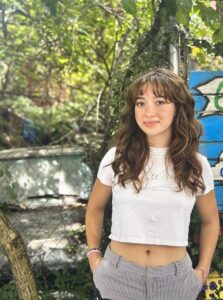 New Hope, PA (Previously NYC)
New Hope, PA (Previously NYC)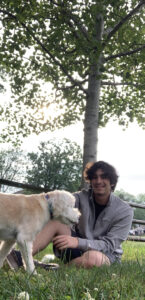 Richboro, PA
Richboro, PA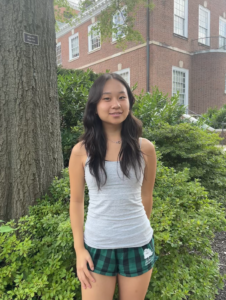 Englewood, NJ
Englewood, NJ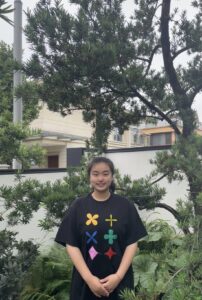 Ningbo, Zhejiang, China
Ningbo, Zhejiang, China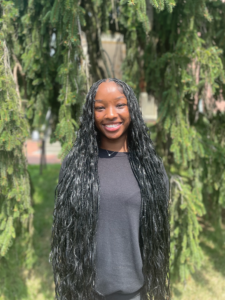 Willingboro, NJ
Willingboro, NJ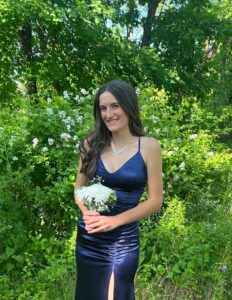 Yardley, PA
Yardley, PA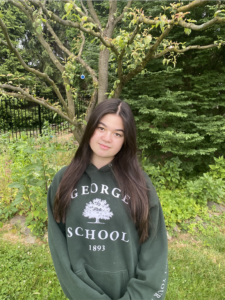 Newtown, PA
Newtown, PA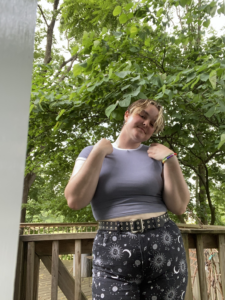 Holicong, PA
Holicong, PA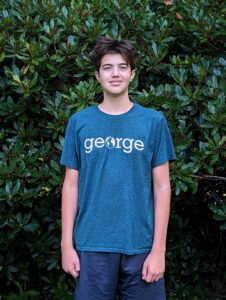 Newtown, PA
Newtown, PA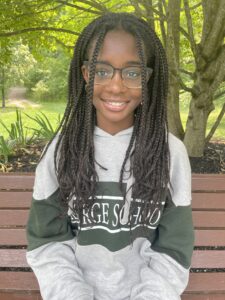 Hamilton, NJ
Hamilton, NJ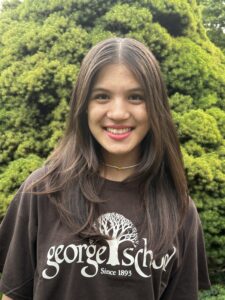 Yardley, PA
Yardley, PA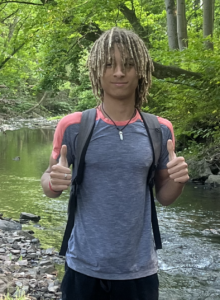 Lambertville, NJ
Lambertville, NJ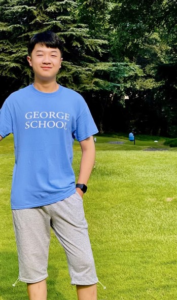 Chongqing, China
Chongqing, China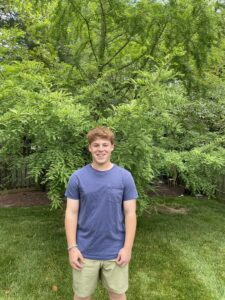 Pennington, NJ
Pennington, NJ Yardley, PA
Yardley, PA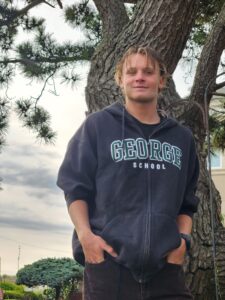 Bensalem, PA
Bensalem, PA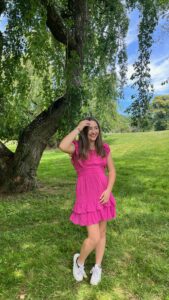 Borgota, Colombia
Borgota, Colombia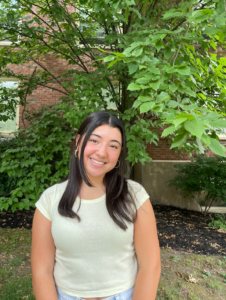 Newtown, PA
Newtown, PA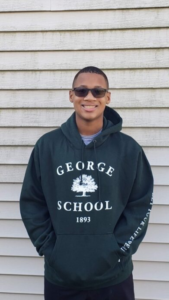 Burlington, NJ
Burlington, NJ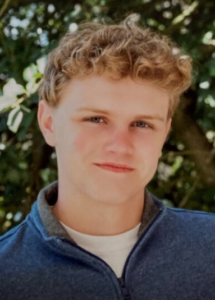 Langhorne, PA
Langhorne, PA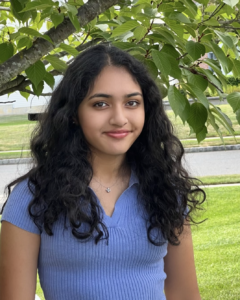 Princeton, NJ
Princeton, NJ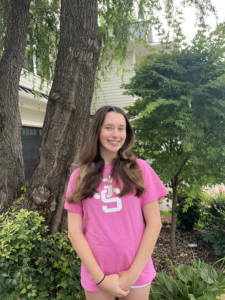 Langhorne, PA
Langhorne, PA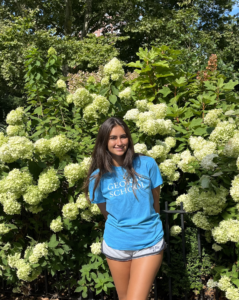 New York City, NY
New York City, NY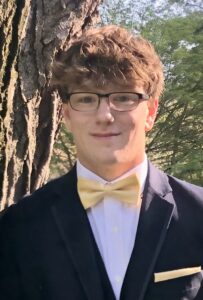 New Hope, PA
New Hope, PA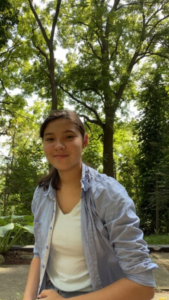 St. Catharines, Ontario, Canada
St. Catharines, Ontario, Canada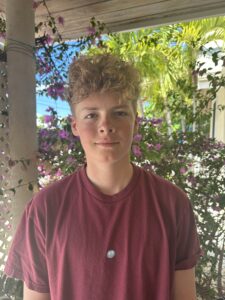 Providenciales, Turks and Caicos Islands
Providenciales, Turks and Caicos Islands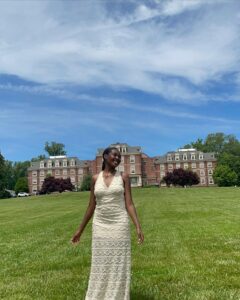 Willingboro, NJ
Willingboro, NJ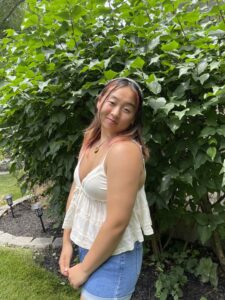 Princeton, NJ
Princeton, NJ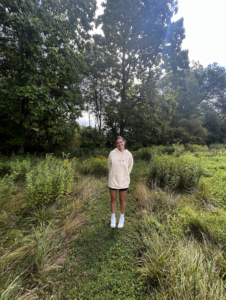
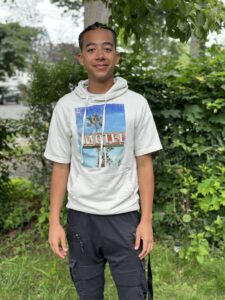 Newark, NJ
Newark, NJ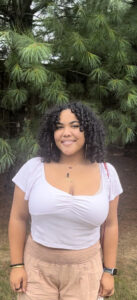 Trenton, NJ
Trenton, NJ Newtown, PA
Newtown, PA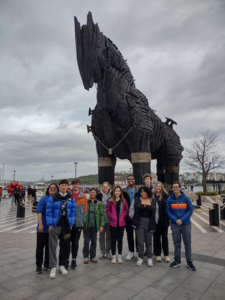
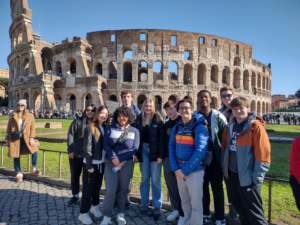
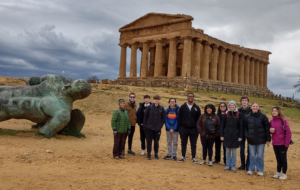

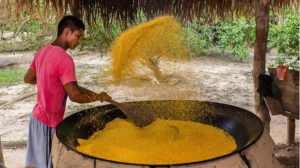


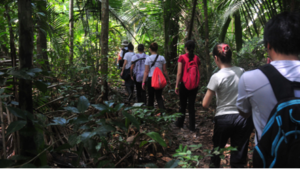
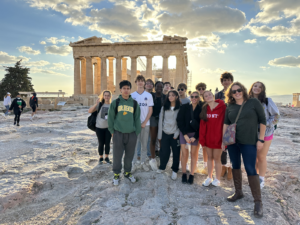
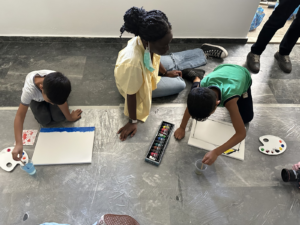
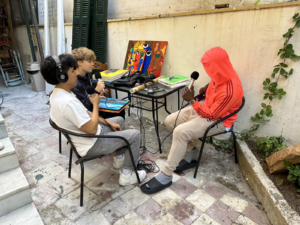
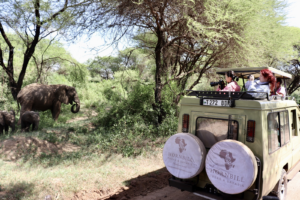
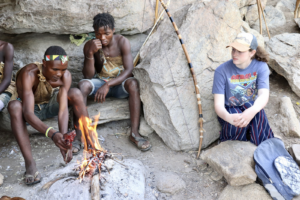
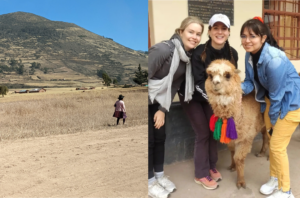
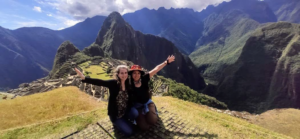
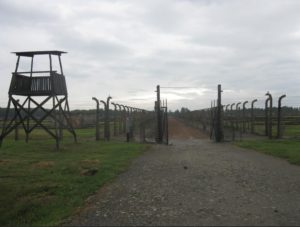

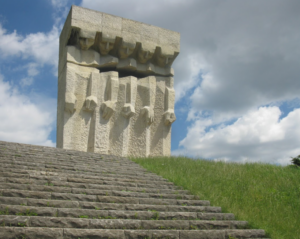
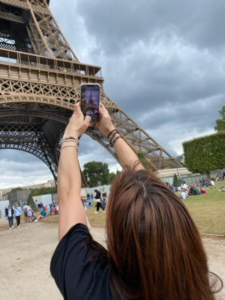
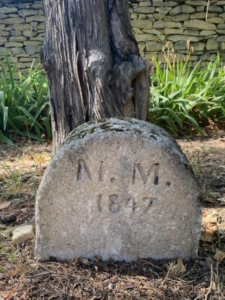
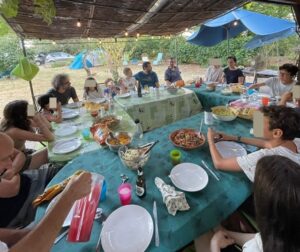
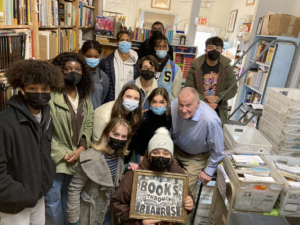
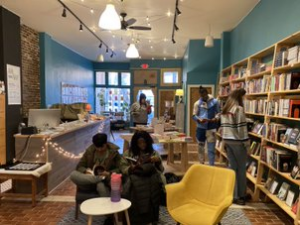
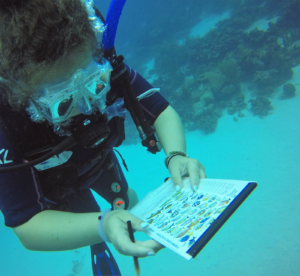

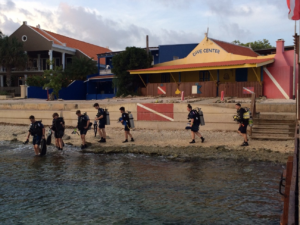
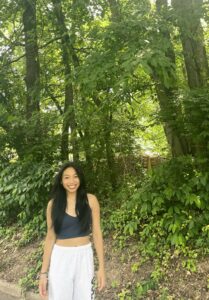 Lawrence, NJ
Lawrence, NJ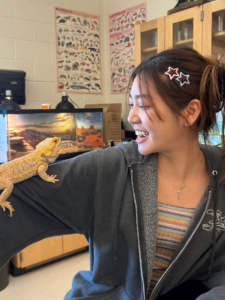 Seoul, South Korea
Seoul, South Korea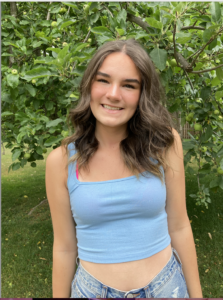
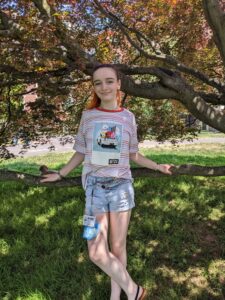 Milwaukee, Wisconsin
Milwaukee, Wisconsin Pennington, NJ
Pennington, NJ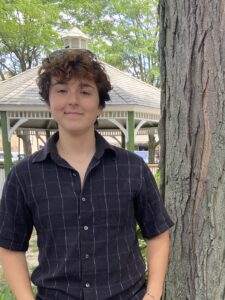 Jenkintown, PA
Jenkintown, PA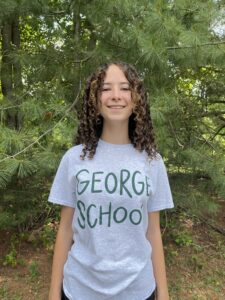 Ottsville, PA
Ottsville, PA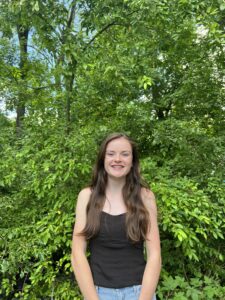 Yardley, PA
Yardley, PA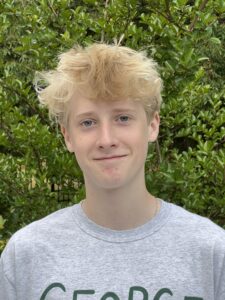 Providenciales, Turks and Caicos Islands
Providenciales, Turks and Caicos Islands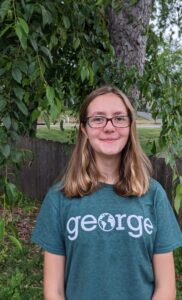 Hopewell, NJ
Hopewell, NJ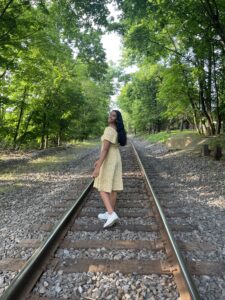
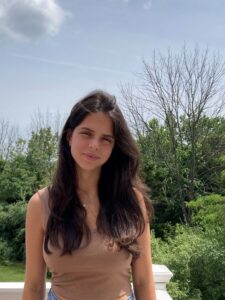 Pottstown, PA
Pottstown, PA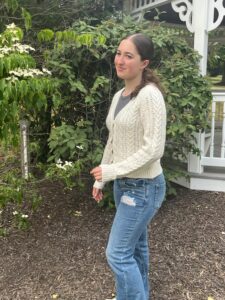 Playa del Carmen, Quintana Roo, México
Playa del Carmen, Quintana Roo, México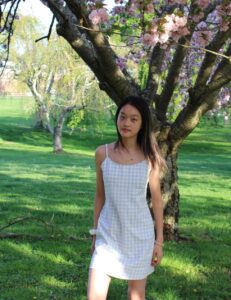 Shanghai, China
Shanghai, China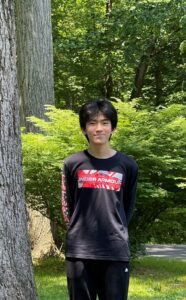 Beijing, China
Beijing, China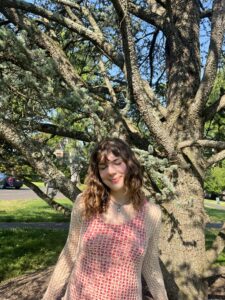 Yardley, PA
Yardley, PA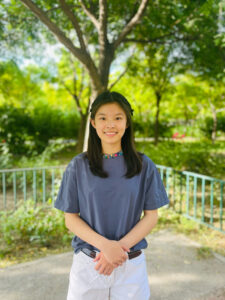 Beijing, China
Beijing, China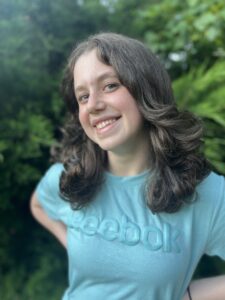 Holland, PA
Holland, PA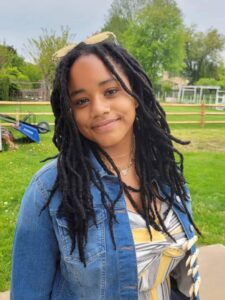 Langhorne, PA
Langhorne, PA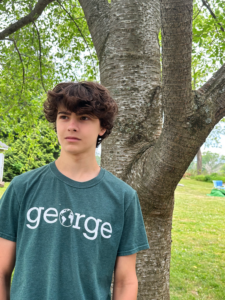 Ringoes, NJ
Ringoes, NJ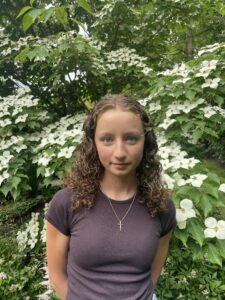 New Hope, PA
New Hope, PA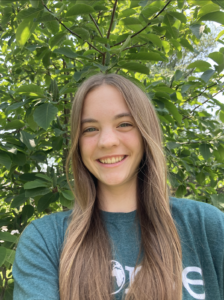 Dreshner, PA
Dreshner, PA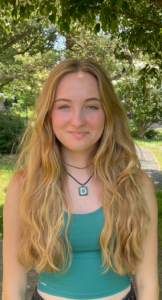 Yardley, PA
Yardley, PA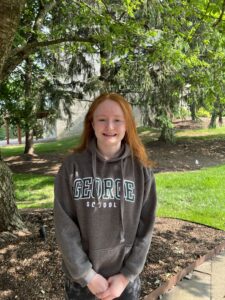 Yardley, PA
Yardley, PA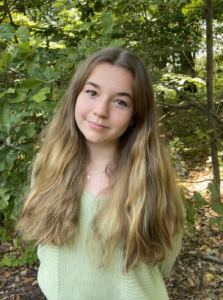 PA
PA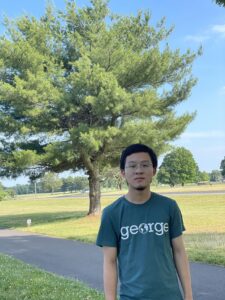
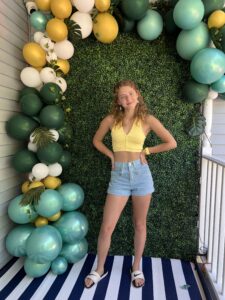
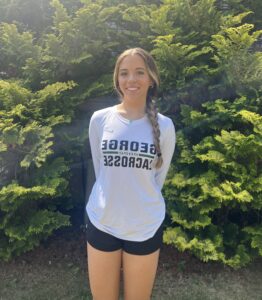
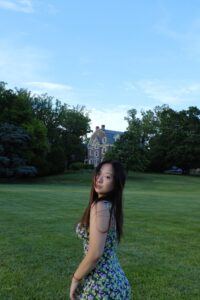 Xi’an, China
Xi’an, China